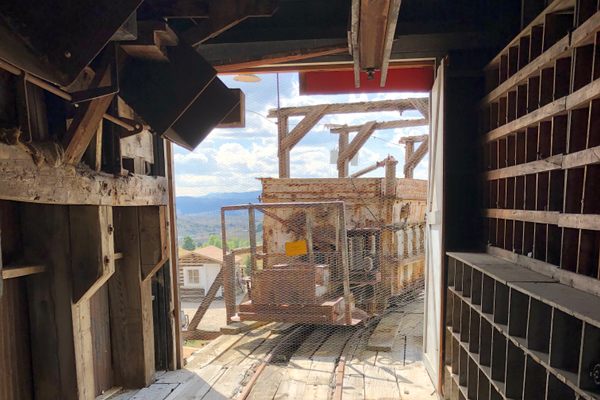AO Edited
Mai Wah Museum
This museum, established in Butte's lost Chinatown, celebrates Asian-American culture in what was once the world's largest mining camp.
The now-faded mining town of Butte, Montana, was once known as the “Richest Hill on Earth.” The copper mining industry enticed tens of thousands of people to Butte to work under harsh conditions, including many immigrants from around the world. Thousands of Chinese workers moved to Butte beginning in 1868, establishing a thriving business district in the world’s largest mining camp, all while facing increased hostility and distrust.
While Butte remains the home of the oldest continuously operating Chinese restaurant, little of this history otherwise remains. The Mai Wah Society was established to preserve the memory of Butte’s Chinatown, and the Society then founded the Mai Wah Museum to house its artifacts and tell its story.
The museum comprises two buildings in Butte’s Uptown: the eponymous Mai Wah Noodle Parlor building constructed in 1909, and the Wai Chong Tai Mercantile, which served as Butte’s Chinese general store from 1899 through 1942, and is the only extant Chinese-American store that dates to the 19th century.
The museum’s exhibits tell the story of Butte’s Chinatown through its artifacts and by focusing on real people, including the Chinn family that owned these stores, and Huie Pock, a prominent doctor who saw both white and Chinese patients. The exhibits celebrate both the parts of society that were unique to Chinatown and the parts that assimilated into broader culture. The exhibits also demonstrate the effects of the racism and rioting that led to the passage of the Chinese Exclusion Act of 1882. This act, which was the first restriction on immigration in US history, was specifically targeted towards Chinese miners.
The restrictions on immigration and the general decline of Butte’s copper mining industry led many families to move to San Francisco and other more welcoming American cities over time. Although few people of Chinese heritage remain in Butte or the state of Montana, the Mai Wah Museum continues to host families and visitors who want to connect with the era, preserve and venerate Chinese cultural traditions, and tell this American story.
Know Before You Go
The museum is generally open early June through late September, and at other times by appointment. Check the website for hours and admission costs.
Plan Your Trip
The Atlas Obscura Podcast is Back!



















Follow us on Twitter to get the latest on the world's hidden wonders.
Like us on Facebook to get the latest on the world's hidden wonders.
Follow us on Twitter Like us on Facebook